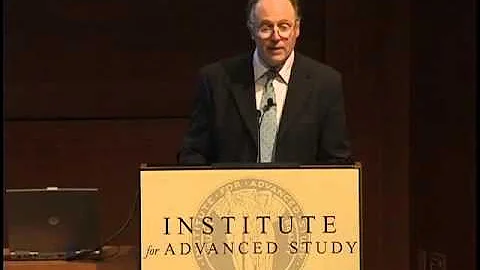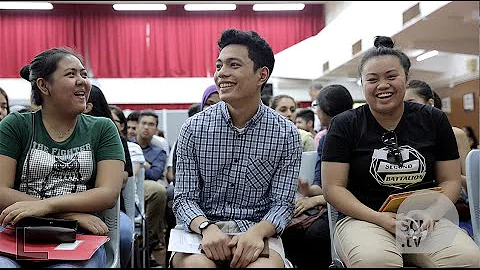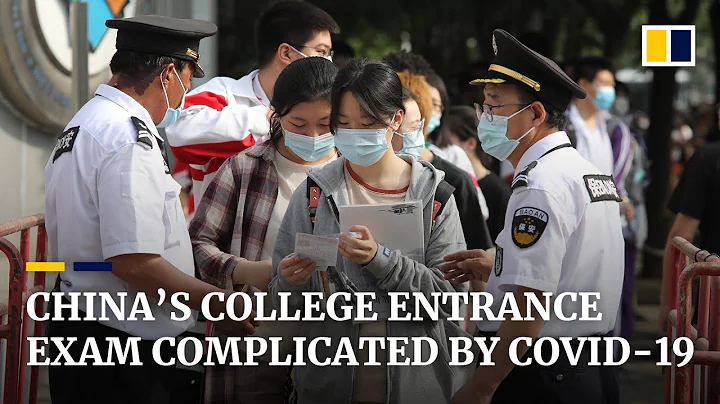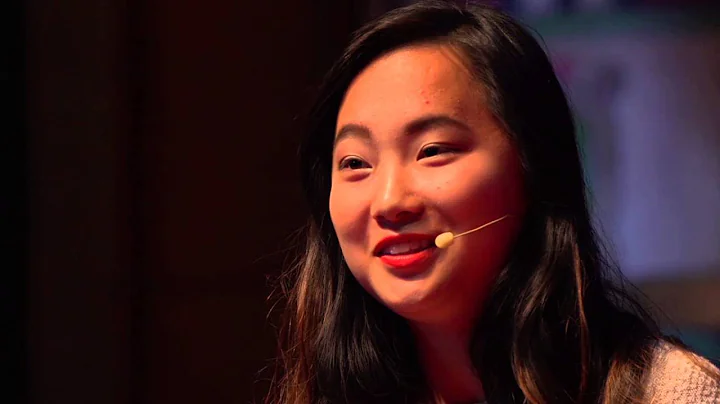We all say that the modern college entrance examination is like "thousands of troops crossing a single-plank bridge." It is undoubtedly not easy to stand out from the crowd of students and enter the university.
But in fact, although the imperial examinations in ancient times did not have as many subjects as today, their difficulty was also extraordinary.

Hanchuang has been studying hard for ten years, but there are actually many people who still have no reputation or fame. It may even be that they did not miss high school because of their lack of talent and knowledge, but they were eliminated in the previous qualification review process.
So, what are the difficulties in the ancient imperial examination ?
There are many restrictions on the status of candidates for the imperial examination.
The Sui Dynasty created the imperial examination system , which opened up more opportunities for talents and broke the previous situation where aristocratic families controlled important official positions in the court.

Although the imperial examination system provided many poor students with a path to become officials, this imperial examination was indeed not something that just anyone could take. There were many restrictions on the status of scholars who participated in the imperial examination.
Take the Sui Dynasty, which pioneered the imperial examination, as an example. Under the imperial examination system of the Sui Dynasty, corporals were free to apply, but not everyone was qualified to apply.
First, The Sui Dynasty prohibited businessmen from taking the imperial examination. Emperor Wen of the Sui Dynasty once issued a special edict to clarify that students with industrial and commercial backgrounds were not allowed to participate in the imperial examinations. This was also affected to a certain extent by the idea of "emphasis on agriculture over commerce".

Second, It is forbidden for people who have lost their parents to take the imperial examination. Our country has always attached great importance to filial piety. If a parent respects a relative and dies, the children must mourn at home and must abide by many regulations such as no banquets and no marriages.
Among them, many dynasties represented by the Sui Dynasty also stipulated that scholars were not allowed to take the imperial examination during the period of mourning. Because there is a saying that "filial piety comes first", the imperial court believed that only students who respect filial piety and observe etiquette are the talents they really need.
By the Ming Dynasty, there were even more restrictions on the status of registered scholars.

The "Imperial Examination Rules and Regulations" promulgated by Emperor Taizu of the Ming Dynasty Zhu Yuanzhang stipulates that four categories of people are not allowed to participate in the imperial examination, namely: People who have already entered the official position, and people who have passed the imperial examination in the Yuan Dynasty and become officials. , deposed officials and prostitutes.
Such identity restrictions were used until the late Ming and early Qing dynasties.
Therefore, in the ancient imperial examinations, the registration process at the first level was very restrictive, which made it more difficult to become an official in the imperial examination at the beginning.

The process of taking the exam is cumbersome and arduous.
Each dynasty may have different names for the examinations. For example, in the Tang Dynasty, the local imperial examination was called the state and county examination, in the Song Dynasty, it was called the examination, and in the Yuan Dynasty, it was called the examination. In the Yuan Dynasty, After that, it was generally named as the rural examination.
If you pass the provincial examination, you will become a "juren". Only those who pass the provincial examination will be eligible to participate in the subsequent joint examination and palace examination.

However, the process of the provincial examination is also very complicated. It is not just a matter of registering at the examination room in person to successfully enter the examination.
First is the printing volume. During the Ming Dynasty, it was stipulated that local scholars needed to go through specific procedures to take the exam. That is to say, you need to obtain official certification and hold an official seal before you can enter.
According to the regulations issued by Zhu Yuanzhang, scholars who take the examination need to write down their place of origin, information about three generations, surname and age, and then be recommended by the village before they can go to print the roll.

The "seal" here is actually the official seal stamped on the scroll with personal information written on it, which gives it a certain certification effect. After the scholar gets this certification document, it is equivalent to obtaining an "accurate document". "Certificate" before you can take the exam.
And if the candidate successfully passes the provincial examination and is ready to participate in the next stage of the general examination.He even needed to obtain official documents issued by the Chief Secretary in advance before he could go to the Ministry of Etiquette to participate in the examination.
The next step is to take the test. Not every place is qualified to hold the provincial examination. During the Ming Dynasty, the provincial examinations were held in the provincial capitals of each province, while the joint examination and the palace examination were both held in Kyoto.

For most students, they had to travel long distances to the examination room to take the provincial examination. Moreover, transportation in the Ming Dynasty was not developed, so scholars often had to leave in advance to take the examination.
Especially the candidates who lived in Qiongzhou Prefecture, Hainan at that time. Because the imperial examination in Qiongzhou, Hainan was assigned to Guangdong, the scholars who took the examination had to cross the Qiongzhou Strait to take the exam. Needless to say, the journey was dangerous and difficult, and there was no need to be careful. There is also fear of life.

Finally, there is still time for the scientific examination. The rural examination is usually held during the scorching summer, while the general examination is often held in the cold winter of the twelfth lunar month.
Traveling long distances is a process that tests your physical fitness. Coupled with extremely hot or cold weather, many students fell ill on the way to the exam, and many died suddenly.
From this point of view, it was not easy for candidates in ancient times to successfully arrive outside the examination room.

The examination process is painful
When the candidates are finally ready to step into the examination room, the real suffering has just begun. The first is the inspection link.
Before the exam begins, all scholars need to go through a "body search" session. Whether it is scorching heat or freezing cold, students need to take off their clothes and wait for a body search before entering the examination room to prevent them from cheating.
Stripping and searching is undoubtedly a kind of "humiliation" for literati who value etiquette and dignity.
Then the exam officially starts.

During the Ming Dynasty, there were three rural examinations. The ninth day of August is the day when the provincial examination begins. The first exam examines ", four books, " and the meaning of classics. After that, the second exam was held on August 12th, covering the theory, judgment, edict, hao, chapter, and table. The third exam will be held on August 15th, examining policy theory and classics and history.
In other words, the content of the provincial examination is extremely complex, and the time front is also extremely long, which is undoubtedly a huge consumption of mental energy for the candidates.
But another thing to note is that once entering the examination room, candidates cannot leave early before the end of all examinations.

This means that during this multi-day examination, candidates need to be confined to a small, square examination room, which is extremely inconvenient, especially when they need to go to the toilet. .
Some candidates did not dare to drink more even if there was tea because they could not drink freely, so they endured until the end of the exam.
After this exam, it is not only a mental exertion, but also a test for the scholar's body and spirit.

It is no wonder that in ancient times, many aristocratic families drove to pick up candidates from the examination room, because many candidates with poor physical fitness would fall to the ground due to lack of physical strength when they walked out of the examination room.
And the grading process after the provincial examination is naturally very cautious, because the number of people who pass the provincial examination is very small.
During the Yuan Dynasty, a total of 300 people were admitted to the national provincial examination. During the Ming Dynasty, Emperor Taizu Zhu Yuanzhang stipulated that each province could admit 40 people in the provincial examination.

The admission quota is 300 people nationwide and 40 people in each province. This passing rate is even much lower than today's college entrance examination.
It’s no wonder that Fan Jin was overjoyed with joy after passing the exam, because according to the passing ratio in ancient times, Fan Jin was actually considered a leader among students.
It can be seen from this that the ancient imperial examinations have entered a difficult mode from the beginning of registration.From identity restrictions to the hardships of taking the exam, to finally sitting in the exam room, every step is full of hardships.

was able to overcome many difficulties and become a blockbuster in the imperial examination, which naturally became a great joy. It's no wonder that one of the four great joyous events in life described by the ancients is "the time of being named on the gold medal list".


![[Fix] Rainbow Six Siege not letting you invite friends - DayDayNews](https://i.ytimg.com/vi/4JmLAsp4cZo/hqdefault.jpg?sqp=-oaymwEcCOADEI4CSFXyq4qpAw4IARUAAIhCGAFwAcABBg==&rs=AOn4CLAP8NuCrj6v5Ryr0cTEvgY07NSZKg)


![NSG - Options (ft. Tion Wayne) [Music Video] | GRM Daily - DayDayNews](https://i.ytimg.com/vi/E34REPgVpXk/hq720.jpg?sqp=-oaymwEcCNAFEJQDSFXyq4qpAw4IARUAAIhCGAFwAcABBg==&rs=AOn4CLB-danqqddgQff3OBMMMbDFvfzFqw)



![[ENG SUB]《御兽:我有一个简化系统》易天穿越御兽世界,获得简化御兽系统,开局契约嗜酒如命的石猴! 听说石猴没有进化路径?那我就创造一条出来!#热血 #熱血 #小说 #小欣说文 - DayDayNews](https://i.ytimg.com/vi/wZDrlygtgwE/hq720.jpg?sqp=-oaymwEcCNAFEJQDSFXyq4qpAw4IARUAAIhCGAFwAcABBg==&rs=AOn4CLCpMimXDfdkGXQnmhiNmOGpYrBIVg)











